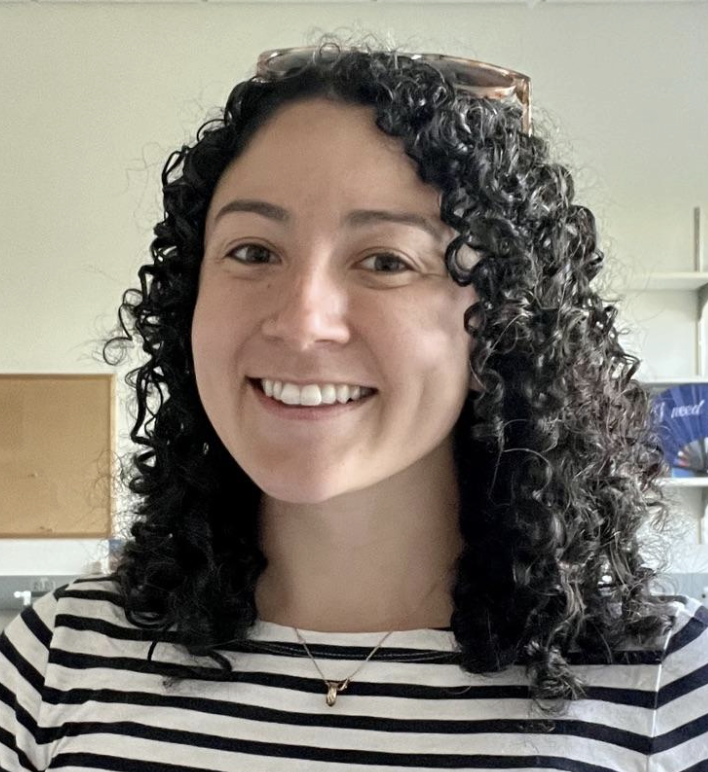In my experience as an instructor and teaching assistant at the University of Washington, I have worked with many students who are biology or chemistry majors desperately trying to stay afloat in introductory physics. They describe the experience as a painful one and feel their hard work does not pay off. If you feel similarly, the good news is that you are not alone! The better news is that there may be some strategies you’ve yet to try.
In this short post, I will share some of my tips and tricks for getting through physics coursework:
Use solutions mindfully.
I often hear students say that they are saving practice tests for a timed practice before the exam, or that they routinely work through tons of problems and are sure not to check the solutions until they finish. While this is oft-given advice, it doesn’t always yield the best results. If you are struggling with understanding the material, staring at a problem you can’t make sense of is not serving you. However, we also don’t want to fall prey to the slippery slope of reading through the solution and thinking “oh, I get that” without taking the time to deeply make sense of it.
Instead, use practice exam and homework solutions wisely. Feel free to start by trying the problem on your own! However, if after a few minutes of tinkering, you find that you are stuck, pull out the solution. Grab a notecard to cover most of it up and reveal only the first line. Ask yourself: “Why did they start there?” See if you can write out a one-sentence explanation of why the first step makes sense. It’s totally ok if takes you some time - that means you’re learning. Continue going line by line until you have a written description of the solution in your own words. Reflect on your description. Are there any places where you slipped into “textbook jargon?” See if you can revise those statements to be in your voice.
The key difference in this strategy is active learning. By producing an explanation in your own words, you are much more likely to internalize the ideas.
Find the connection.
You may often hear that physics is based in four fundamental laws. This is both true, and often a vaguely unhelpful statement. However, gaining the ability to “zoom out” from the context of problems and make connections between them will help you get a sense of what kind of problem you’re working with. Students often tell me they don’t know where to start - by finding connections between problems in your practice exams and homework, you’ll develop your own rules about what kind of problems are solved with which methods.
Gather a bunch of problems together, they can be from homework assignments, old tests, anything. Print them out and cut up the pieces of paper so each problem is separate. See if you can make piles of problems based on one way that they are similar or different. It could be that you have a pile for “problems that use force diagrams” or “problems that have rolling balls” - anything is fair game. When you’re done, and each problem is in its own pile, see if you can identify three keywords that describe each pile. What makes that pile of problems similar? How are those keywords related to the problem solutions? (Another great opportunity to use someone else’s solution key!)
See if you can repeat this activity and make different connections. Keep a list of piles, their keywords, and how you solve those kinds of problems. This activity will help you see the larger structure of physics problems, and more quickly be able to “categorize” a problem when you encounter it on tests.
Get creative.
Physicists, helpfully and often unhelpfully, are very creative people. This means that exam questions are typically rearrangements or “tweaks” to previously assigned homework problems, cleverly enough that you may not notice that they are similar upon first glance. The activity above is designed to help with this, but you can also try to anticipate what a professor or teacher might do on your own.
Grab a practice test, homework assignment, or any problems that are associated with the assessment you are studying for. For each question, see if you can write a slightly different version of it. Then come up with a plan for how you would solve it (but don’t assign numbers and solve it yourself). The version should be different enough that your plan for solving may change - that’s a good thing! In this exercise, you should focus changing something other than the numbers themselves. For example, suppose I have a problem about someone running at constant speed. I might adjust the problem to be someone speeding up at a constant rate and see how my approach changes.
These three study techniques are designed to help you get engaged in your studying, almost like it is a game. Physics is all about making connections - memorization only gets you so far. If you’re finding yourself stuck or feeling like your efforts aren’t paying off, give these a try. They may help to shift your approach to physics problem solving.


Comments